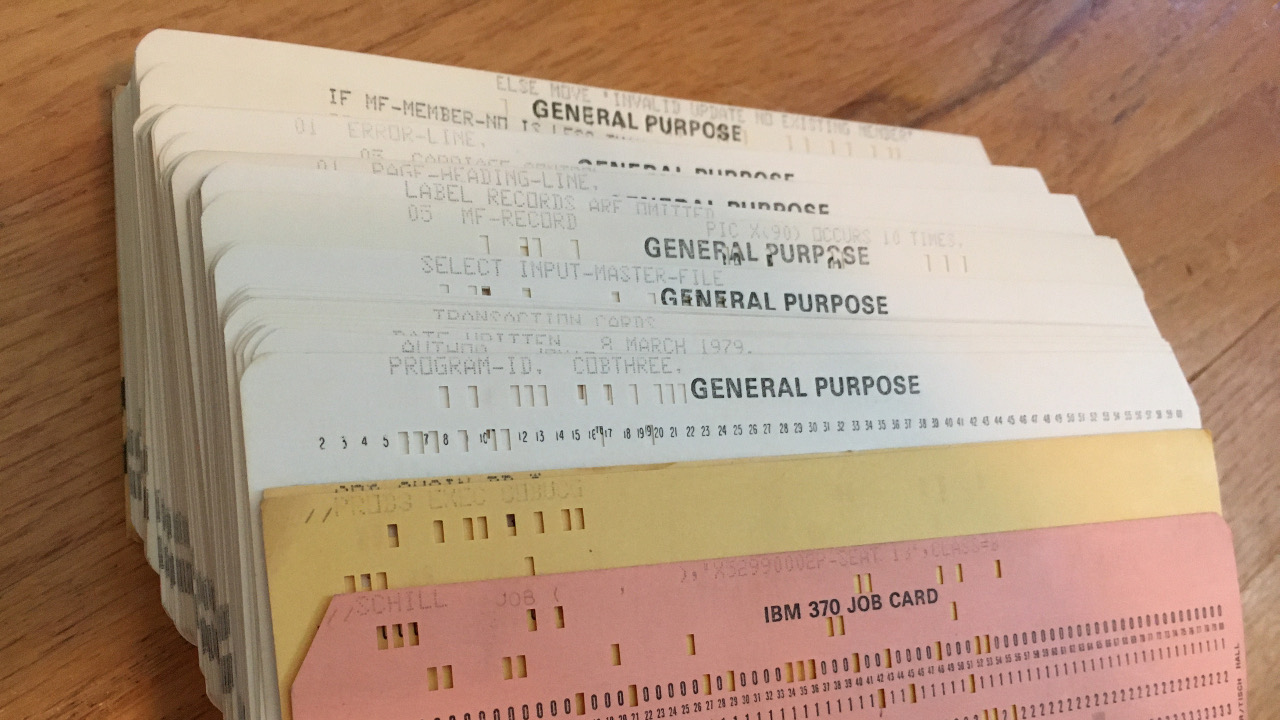We are interviewing and studying the work processes of prospective users of the system including U.S. policymakers, land managers, researchers, and citizens, as an ongoing part of this project. We discovered they need credible, relevant information (for example, observations, surveys, model results) to create new documents (for example, Environmental Assessments, Decision Notices) and to fulfill requests for information (for example, to comply with the Freedom of Information Act). They use a diversity of information sources, which can include maps, geographic information system (GIS) datasets, scientific datasets, and documents. Our project focuses on documents because documents are important to resource managers and the current work environment offers little support for systematically finding documents.
The natural resource management specialists have identified approximately 28 topical domains of interest (for example, location, hydrology, climate, vegetation) for classifying and searching for documents. We should note that users often need information about a specific place because they need to choose a course of action for that place. They also benefit from information about places similar to the place of interest, where similarity is defined based on the relevant domains.
The computer science team is focusing on representing and exploiting richly structured metadata using controlled vocabularies for the 28 domains of interest. Often, multiple controlled vocabularies are in common use for a given domain. For example, location is one important domain with approximately a dozen useful controlled vocabularies, including political locations (state/county/city), FS locations (region/national forest/ranger district), BLM locations (states/districts), and watersheds (hydrologic unit codes).
Metadata++ is our framework for representing metadata, attaching metadata to documents, and searching for documents [1]. The accompanying figure shows a screenshot of Metadata++. When the user selects a term (“Acid Rain”) in the Find Term window, this term is highlighted in the controlled vocabulary (shown on the left). Dragging the term onto the document window attaches the term with its context (“Air˜Air Terms˜Air Pollution˜Acid Rain”) to the document. Metadata++ is inspired by concepts from traditional metadata, thesauri, and ontologies, but it offers greater flexibility to organize terms in the various controlled vocabularies.
The environmental science team is evaluating controlled vocabularies, particularly climate, vegetation, and soil classification schemes. The management research team is studying the success criteria for research consortia and evaluating business models of commercial portals as well as inhibitors and facilitators for information sharing across agency boundaries.
The envisioned system will provide access to the tangible products that represent the knowledge created by natural resource managers and scientists. The system will also house a rich knowledge base of terms and relationships for natural resource management that is useful in its own right.




Join the Discussion (0)
Become a Member or Sign In to Post a Comment